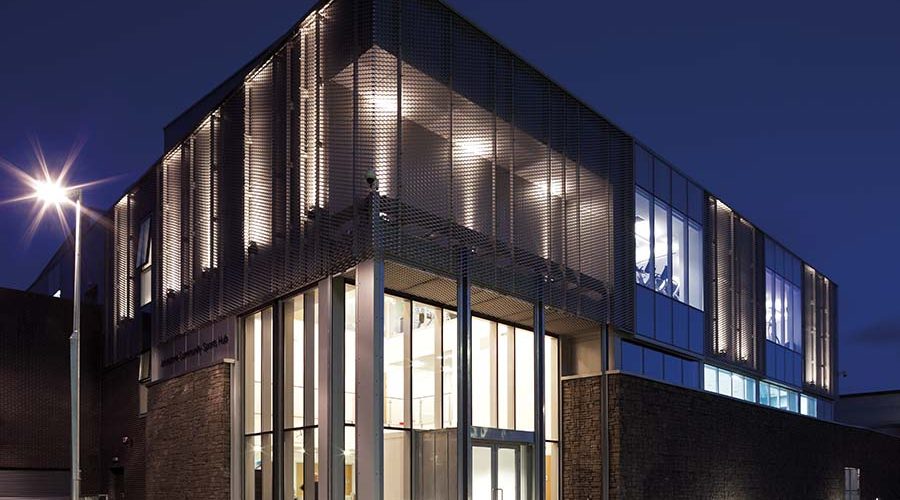Beverly Quinn, Environmental Engineer at TÜV SÜD, an international building services engineering consultancy, specialising in sustainable MEP, BIM, lighting design and vertical transportation, sheds light on compliance for luminaire products.
TÜV SÜD
Lamp and luminaire manufacturers must meet the rising demand for energy-saving lighting products alongside rapidly evolving regulations and energy labelling requirements.
Directive 2009/125/EC, also known as the EcoDesign Directive, is the primary regulatory instrument in the EU regarding all energy-using products. The Energy Label Directive (2010/30/EU) complements this by providing a framework for labelling and providing end-users with product-specific energy consumption information. The EU Ecolabel is a voluntary product certification which helps consumers to identify products that achieve the highest levels of energy efficiency.
In the UK, the Energy Saving Trust operates a voluntary product certification scheme for energy-saving products, with compliance verified through an independent third-party test report.
BREEAM is the UK property industry’s recognised benchmark for the environmental rating of new and major refurbished buildings. ‘Innovation credits’ provide additional recognition of a development in the field of sustainable performance. Our lighting specialists have worked alongside other disciplines to produce a credit checker, which gives everyone involved in a project the complete picture of credit targets to ensure that environmental ratings
are achieved.
Energy efficiency is now a key feature of any lighting design as schemes must meet the latest criteria. As LED costs continue to fall, so sales of them are on the rise. However, the enormous range of available energy-efficient luminaire products and lamps can be overwhelming, as the market for these products has undergone profound changes in a very short space of time.
In Europe, those responsible for specifying and purchasing lighting products should look for the CE marking. This is a manufacturer’s or importer’s self-declaration that the product conforms to European requirements. Such a product should come with a Declaration of Conformity that states which standards the product has been tested to.
Depending on the outcome of the ongoing Brexit negotiations this year, UK lighting manufacturers may have to replace the CE marking with a new ‘UK Conformity Assured’ symbol, for the British market. UK lighting manufacturers will still be able to sell products that have been made and assessed against EU regulatory requirements and which carry a CE marking, for a certain transition period.
High-efficiency lighting technologies offer up to an 85% improvement in energy efficiency compared with conventional lighting technologies, while providing an equal or better quality of light. However, implementing energy-efficient lighting into a well-designed scheme can be a complex procedure, as the lighting designer must ensure that efficient luminaires are used. This makes it necessary to think about the design in its entirety, both creatively and technically.
The design options are endless, as LED technology is changing so fast. LED light sources are becoming brighter, smaller and more efficient, and double-height spaces can now be illuminated to the required lux levels from the smallest of luminaires. Leading lighting manufacturers are also producing ever-improving optical systems for luminaires, which is increasing their efficiency.
While the introduction of more efficient lighting technologies has resulted in considerable energy savings, new lighting technologies also create ever-changing regulatory compliance challenges. With all of these regulatory considerations, product choice variables and other technical considerations that must be made, the design process should be started early within the building construction or refurbishment plans.

Beverly Quinn is an Environmental Engineer
at TÜV SÜD







